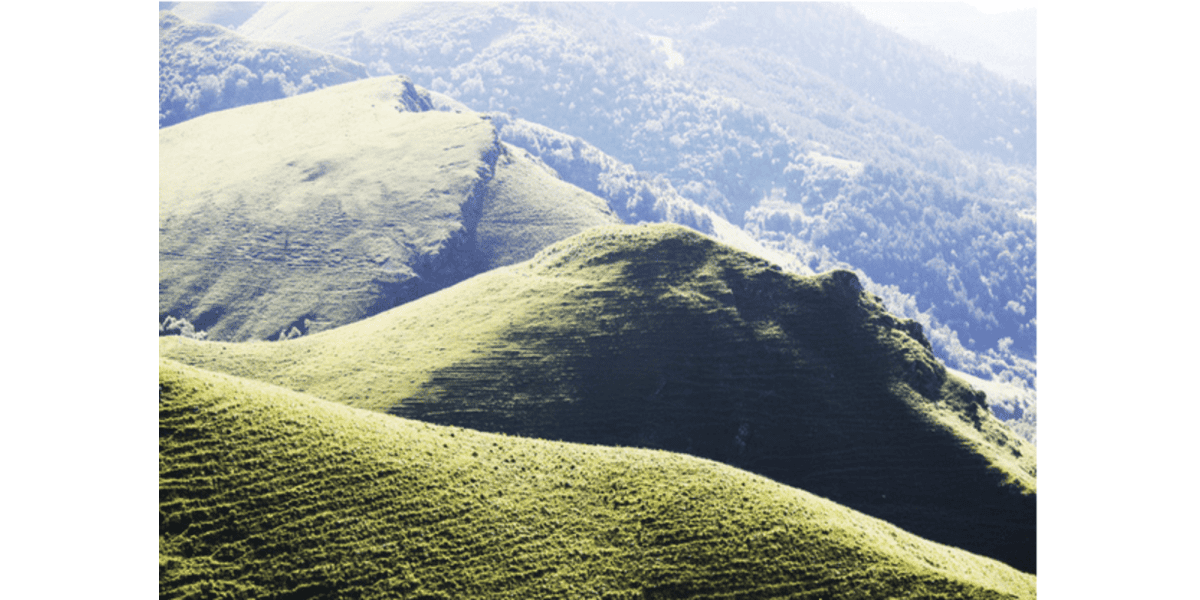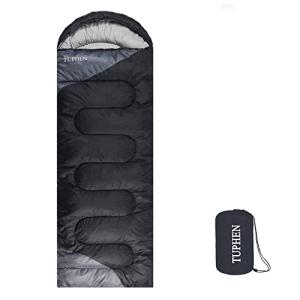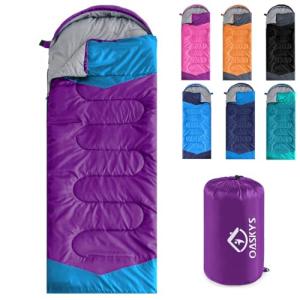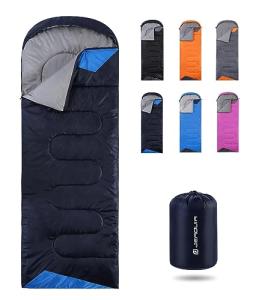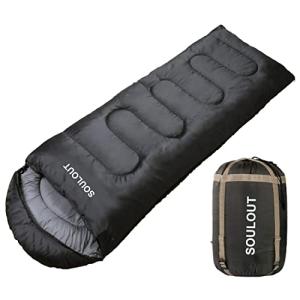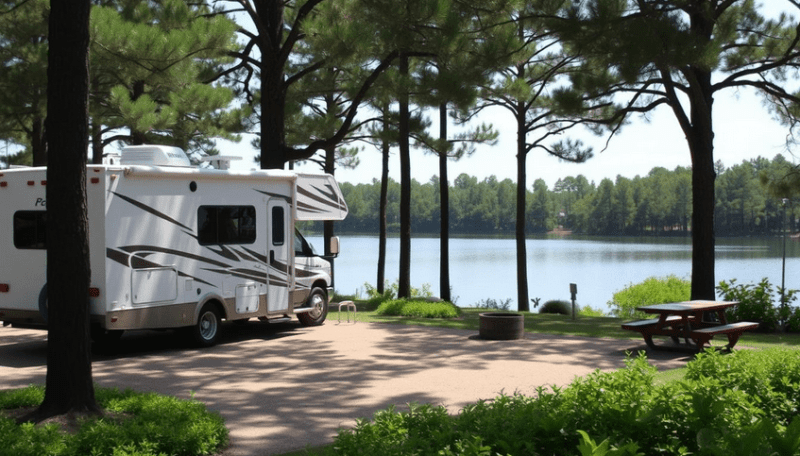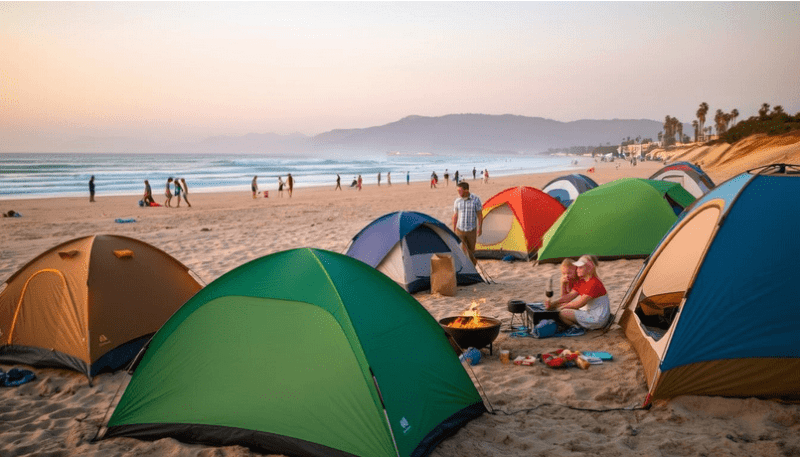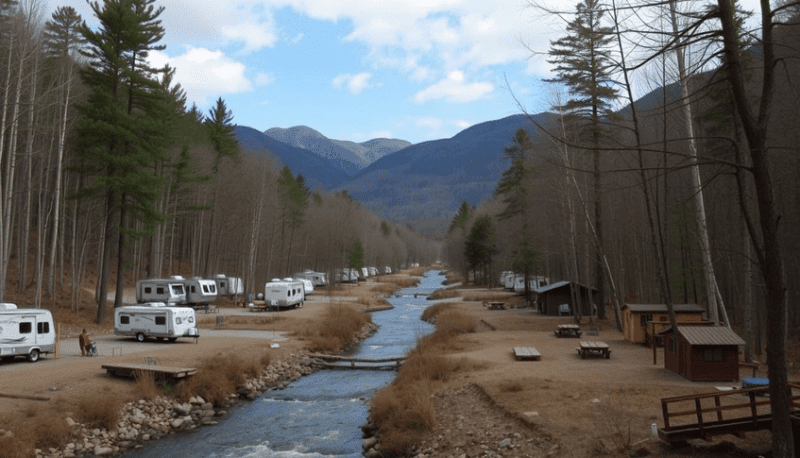Camping in the Green Mountain National Forest offers a wonderful chance to connect with nature and enjoy the great outdoors. Located in Vermont, this forest is renowned for its beautiful landscapes, which include mountains, streams, and lush forests. Visitors will find a variety of camping options, from developed campgrounds to backcountry sites, allowing them to choose the experience that best suits their needs.

This guide will help readers navigate the diverse camping opportunities the forest provides. Whether someone is planning a family trip or a solo adventure, understanding the locations, amenities, and activities available is essential. Hiking, fishing, and exploring unique areas within the forest enhance the camping experience, making it an ideal destination for outdoor enthusiasts.
By the end of this article, readers will be equipped with the knowledge needed to make their camping trip to the Green Mountain National Forest enjoyable and memorable. Key information about planning, types of camping, and outdoor activities will be covered to ensure a successful adventure.
Key Takeaways
- The Green Mountain National Forest offers various camping options to suit different preferences.
- Numerous outdoor activities, including hiking and fishing, enhance the camping experience.
- Planning ahead is crucial for a successful trip to this beautiful Vermont destination.
Planning Your Trip
Planning a camping trip in the Green Mountain National Forest involves choosing the right campsite, preparing essential gear, and being aware of safety considerations. Understanding these elements can enhance the camping experience.
Selecting a Campsite
The Green Mountain National Forest offers various camping options, including campgrounds and dispersed camping. Campgrounds like Grout Pond provide facilities and are often accessible by car. These may require reservations, especially during peak seasons. Most sites are on a first-come, first-served basis, so arriving early is crucial.
Dispersed camping allows for more freedom. Campers can set up in wilderness areas away from established campgrounds. It's essential to follow the Forest Service guidelines on where to park and camp. Look for spaces at least 200 feet away from water sources to minimize environmental impact.
What to Bring
Packing the right gear is vital for a successful trip. Campers should include the following items:
- Tent and sleeping gear
- Cooking equipment (portable stove, utensils)
- Food and water (enough for the entire stay)
- Clothing suitable for varying weather conditions
- First-aid kit and insect repellent
Lyme disease is a concern in the Green Mountain area, so it’s wise to carry tick repellent. For added fun, consider bringing hiking, fishing, or swimming equipment in nearby waters. Snow sports like skiing and snowshoeing are also popular in the winter months.
Safety Considerations
Safety should be a top priority when camping in the Green Mountain National Forest. Campers must be aware of local wildlife, including bears. Storing food properly in bear-proof containers helps ensure a safe experience.
Weather can change quickly, especially in higher elevations, so checking the forecast before and during the trip is necessary. Familiarize yourself with the area’s hiking trails and know the route back to camp. Additionally, having a navigation tool, like a map or GPS, can be beneficial.
Wear life jackets and follow local fishing regulations during outdoor activities like kayaking and fishing. Awareness of these safety aspects will help everyone enjoy their time in the forest safely.
Types of Camping

Camping in the Green Mountain National Forest offers a variety of options, catering to different preferences and needs. Visitors can choose between developed campgrounds and backcountry camping experiences that immerse them in nature.
Developed Campgrounds
Developed campgrounds are designed for convenience and accessibility. These campgrounds often provide amenities like picnic tables, fire rings, and restroom facilities. One popular option is the Chittenden Brook Campground, which includes cabins for those seeking a cozy stay.
Campsites here can accommodate tent and RV camping. Reservations may be necessary during peak seasons, so it’s wise to check availability in advance. This option is great for families or groups that prefer a more structured camping experience while still enjoying the natural surroundings.
Backcountry Camping
Backcountry camping in the Green Mountain National Forest provides a more rugged experience. Dispersed camping is permitted in many areas, allowing campers to choose their sites away from developed facilities.
This type of camping requires visitors to follow Leave No Trace principles to protect the environment. Campers should be prepared for self-sufficiency, as there are no amenities available. Wilderness areas offer a chance to encounter wildlife and enjoy the scenery in a more secluded setting, making this an ideal choice for adventurous campers.
Outdoor Activities

The Green Mountain National Forest offers a wide range of activities for outdoor enthusiasts. From hiking trails to water sports, there is something for everyone. Visitors can enjoy the beautiful scenery while participating in various recreational opportunities throughout the year.
Hiking and Biking
Hiking is a popular activity in the Green Mountain National Forest. The area features numerous trails, including the Appalachian Trail and the Long Trail. These trails provide hikers with stunning views and diverse terrains. The Peru Peak Wilderness offers more challenging hikes for experienced adventurers.
Mountain biking is also available, with designated trails that cater to different skill levels. Riders can explore the rugged landscape while enjoying fresh air and exercise. Popular biking routes include those near Grout Pond Campground, which provides a scenic backdrop.
Water Recreation
The forest's lakes and streams offer various water activities. Fishing is a favorite for many, with species such as trout found in the area's waters. Anglers will appreciate the serene settings, perfect for a day out.
Swimming is popular during warmer months, and several designated swimming areas are available. For those looking for more adventure, kayaking and canoeing are available on local lakes. Visitors can explore the calm waters while enjoying the beauty of the surrounding forest.
Winter Sports
The Green Mountain National Forest transforms into a snowy wonderland in the winter. Nearby ski resorts offer skiing and snowboarding. Various trails cater to different skill levels, ensuring fun for everyone.
Snowshoeing is another excellent way to explore the winter landscape. Trails are often packed down, making it easy for beginners. Cross-country skiing opportunities are also available for those seeking a more tranquil experience.
This forest truly offers a variety of outdoor activities throughout the seasons, appealing to anyone who loves nature.
Special Areas Within the Forest

The Green Mountain National Forest features unique areas for camping and outdoor activities. These spaces include established recreation areas and scenic spots that highlight Vermont's natural beauty.
Established Recreation Areas
The forest is home to several designated recreation areas. Chittenden Brook Campground is one of these. It offers year-round camping with easy access to hiking trails and river views, making it a great spot for families.
Moosalamoo Campground is another popular location nestled in the trees. It provides a peaceful atmosphere for campers and serves as a base for exploring the forest's vast network of trails.
Hapgood Pond Recreation Area features a beautiful pond for swimming and fishing. This area is also excellent for picnics and short hikes, making it accessible to various visitors.
Scenic Attractions
The Green Mountain National Forest is renowned for its stunning landscapes and natural attractions. White Rocks National Recreation Area boasts impressive cliffs and diverse ecosystems.
Visitors can enjoy breathtaking views, especially during fall foliage season when the trees burst with vibrant colors.
Additionally, the area is dotted with waterfalls that are popular for photography and short hikes. Scenery like this offers a perfect backdrop for campers looking to connect with nature.
These special areas enhance the camping experience and showcase the ecological richness of New England.
Frequently Asked Questions

Camping in Green Mountain National Forest offers many options for outdoor enthusiasts. Understanding the rules and available sites can enhance the experience.
What are the designated camping areas within Green Mountain National Forest?
Designated camping areas are available throughout Green Mountain National Forest. Campsites near Austin Brook are easily accessible along Forest Road 25. Other campsites are located along Forest Road 42 in Rochester, next to a mountain stream.
Is dispersed camping allowed in the Green Mountain National Forest, and if so, where?
Dispersed camping is allowed in specific zones within Green Mountain National Forest. Campers can find quiet spots away from main campgrounds. It is important to follow guidelines to protect the natural environment.
What are the top-rated campgrounds in Green Mountain National Forest?
Top-rated campgrounds include those within Grout Pond Campground and Chittenden Brook Hut. These sites offer scenic views and amenities. Campers often choose these locations for their accessibility and outdoor activities.
Are any fees or permits required for camping in the Green Mountain National Forest?
Some campgrounds may charge fees for camping. Permits are typically not required for dispersed camping. It is advisable to check local regulations before planning a trip.
What are the key regulations for camping in the Green Mountain National Forest?
Regulations include camping only at designated sites and following Leave No Trace principles. Campers should respect wildlife and maintain a safe distance. Fires may be restricted in certain areas during dry seasons.
How do you ensure safety while camping in the Green Mountain National Forest?
To ensure safety, campers should be aware of weather conditions and local wildlife. Keeping food stored securely helps prevent animal encounters. Having a first aid kit and emergency supplies is also recommended for a safe trip.
DISCLAIMER
This document is provided for general information purposes only. It should not be relied upon as providing legal advice, technical, or specific operational guidance to the reader, whether as to the practices described in the document or the applicable legal requirements and regulations. Best Camping Deals.com expressly disclaims any responsibility for liability arising from or related to the use or misuse of any information in this document.
